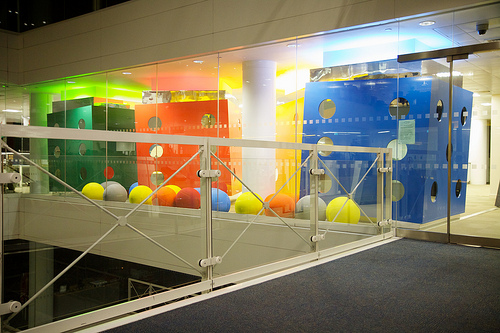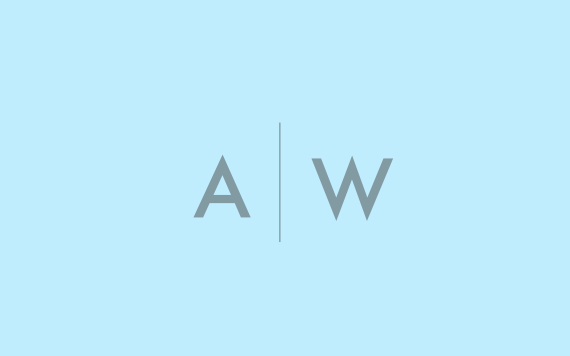Image by Marcin Wichary
When you think of the office of the future, a space-age reality might come to mind – complete with holograms and robots. I’m not going to lie to you, this post won’t be predicting anything that exciting.
However, there are plenty of offices out there right now that are pretty impressive and forward-thinking. Google is a prime example of this, and the interior of its London headquarters is anything but boring.
Gone are the days when offices were rigid, stuffy, beige spaces. The future looks set to be all about innovative and interesting office design, which reflects company culture and encourages collaboration, creativity and flexibility.
The Demise of Formality And The Rise Of Transparency
The Entrepreneur reported ‘transparency’ as the unanimous buzzword for office designers in 2013. In the past the workspace was predominantly formal, but in most sectors this is now in demise. This is reflected by the increasing use of barrier-free spaces shared by employees of all levels, and by the installation of literally transparent glass doors and walls.
The trend is also extending to client areas such as receptions and meeting rooms. Traditionally these areas were formal, but this has come to be seen as conveying detachment and concealment. In the future they are likely to be incorporated into office space, so that clients immediately see work in progress and get a real feel for the company.
The trend will also be seen in office furniture, as it will become increasingly comfortable and moveable rather than rigid and formal.
Reflection Of Company Culture
Gone are the days of beige walls, beige carpets, and beige – well, everything. The most forward- thinking companies of today are using their office design as a chance to reflect their company culture, and this trend looks set to continue in the future.
When designing their office space companies are considering the message they want to communicate to clients, and also what they want to communicate to their employees. The idea is to use the design as a platform to explain ‘who’ you are as a company. The result of this is the transformation of the office into a ‘customer space’, which also speaks to employees about how people should connect to the brand.
Ever-Increasing Flexibility
Business Insider suggests that the offices of the future will be far more flexible promoting both collaborative and focused work. This will involve a move away from the often singular use of the open plan workspace, and will provide employees with a choice between open spaces and enclosed areas.
The influence of new technology is also radically changing the way our offices are designed. The use of mobiles and tablets means that increasingly people can work anywhere. In the future this is likely to result in offices being less centralized, more mobile and more flexible.
Many companies now believe that giving employees the choice to work from home enables them to work more efficiently.
More Than Just A Work Space
Companies such as Google and Red Bull have led the way when it comes to making offices more than just a place to work in- and where Google leads, others tend to follow. The Entrepreneur explains this as office design catering for the ‘up-and-coming Gen Y work force’. This generation is described by the Pew Research Centre as ‘confident, connected and open to change’, and companies are designing offices around this new mind-set.
There is a new sense that a working environment should be enjoyable as well as efficient. Features such as slides, games rooms, gyms and relaxation spaces are becoming common in the offices of the world’s biggest companies.
Continuing Efforts to Achieve Sustainability
The fact that the Gen-Y workforce has been weaned on technology has also had a noticeable impact on office design. Young people are now more aware than ever about issues such as climate change and global warming, and it is argued that they want their workplace to reflect these concerns.
This has resulted in some offices investing in new systems that allow employees to control individual light and temperature settings. Whilst some companies are making their offices more environmentally friendly in an effort to attract and retain the best workers, it also has the added benefit of lowering costs, which is particularly attractive to small businesses. Sustainable office design looks set to be a growing trend for the foreseeable future.
OK, so although we can’t predict holograms and robots, there are some significant changes in office design that are likely to become firm features in the future.
More than ever workspaces are increasingly flexible and transparent are reflecting their company culture and catering for their employees’ needs and desires. Whilst not the stuff of sci-fi movies, these trends will dramatically change the way we work in the future.
Can you think of anything else that will change the shape of future offices? Share in the comments.


